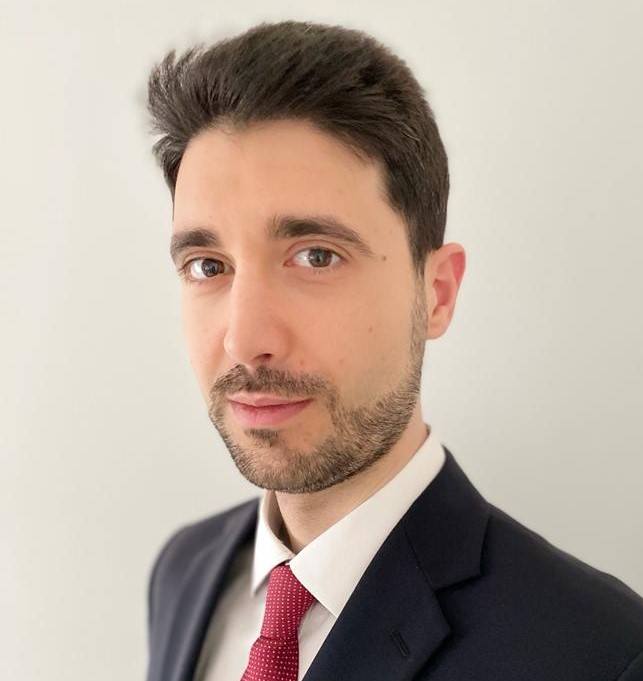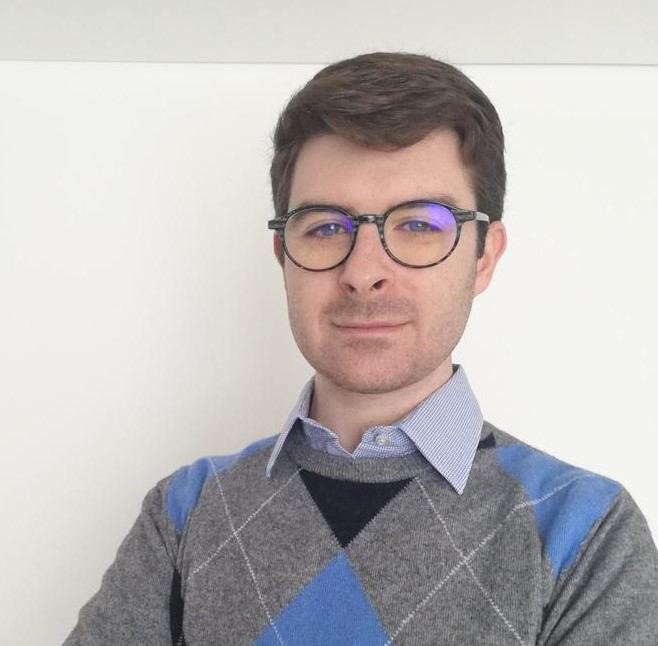

UniCredit, one of Italy’s largest banks, gets proactive about finding and upskilling talent with richer data analytics for HR
Future-proofed talent strategy with smarter predictions around skills gaps
Created a single source of truth for HR team
Improved workforce allocation and strengthened link with Business strategy
UniCredit is a commercial pan-European bank serving more than 15 million corporate and individual customers, with a unique service offering in Italy, Germany, Central and Eastern Europe. It aims to empower communities to progress, delivering the best-in-class for all stakeholders and unlocking the potential of clients and people across Europe. With around 80k global employees, Italy is by far the largest employee region, employing around 35k people.
It’s no surprise, then, that when the bank kicked off an initiative to empower decision-makers with analytics to understand workforce evolution, it started from its largest region. UniCredit has leveraged the power of Salesforce and Tableau across multiple business units within Network in Italy. We spoke to UniCredit’s Emanuele Tomaselli, Group Head of Organisational Analytics and Metrics, Claudia Aquilanti, CIO Group HR and Giacomo Lucchese, Head of People, Culture Practices and Technologies to find out how Tableau supports its strategic workforce planning framework and what richer insight means for the business.
What are the challenges you’re facing in the People & Culture department?
Emanuele: Looking for talent is always challenging, especially when roles and skills are evolving so rapidly. We have to be strategic about finding the right candidate – it’s not just about finding the best people for now, it’s about finding people with the right mix of skills and competencies to achieve our business goals in the future.
It is essential that we continue to nurture and retain talent at UniCredit. With this in mind, there’s a big emphasis on reskilling and upskilling. That means, in addition to thousands of people joining and leaving the company at any time, there are tens of thousands of colleagues we need to support and develop to make sure we have the right skills in place to succeed as a business.
Tell us about your strategic goals around workforce planning
Emanuele: We have a lot of data at our disposal in the People & Culture team. When we decided to put more emphasis on internal redeployment and training for skills, we needed to invest in a data-driven approach and develop a culture of working with data to implement a workforce planning strategy. Furthermore, UniCredit dabbles in analytics in a lot of departments, but we took the opportunity to lead by example and really embrace data to transform P&C. It’s step one in an enterprise-wide transformation.
Why was Tableau the right solution to meet your needs?
Emanuele: Tableau is used across the business, and we were fascinated by the potential of the tool. The interactive analytics make it simple to visualise data and drill down to unlock more insights. People don’t need to pull data and manually put it in thousands of slides, we have one solution that does everything. Tableau is both efficient and is something we can manage ourselves in-house. We’re really proud of how we worked together to bring in new knowledge and skills – the project is a great example of business and IT teams can collaborate and combine their collective know-how for the greater good.
With Tableau, we have empowered decision-makers to understand multiple different scenarios from the same data. That means during meetings, they don’t need to re-run reports if someone asks a tough question, and we can make important and informed decisions in a faster and efficient way.
Does Tableau make it easier to manage your data environment?
Giacomo: Absolutely. Tableau connects with our database and does all the processing on the backend. It’s easy to create user profiles and authorise access directly in Tableau. We can make sure people only see the data they need to perform well in their role, while ensuring we keep sensitive data protected.
Tell us about the data you’re pulling into Tableau and the insights its unlocking
Emanuele: Tableau connects to all the main HR data sources and enriches it with data from business sources and transactional data. That gives us valuable insights that help translate our business strategy into actions for the HR team.
Giacomo: Every colleague has a record. In Tableau, we can build more complete profiles and capture broad metrics such as employee performance now and over past years, such as: their existing skills, any training they’ve completed, where they’re located, and projects they are currently working on. To get that level of insight before, the HR team had to manually collect data from different sources. Now we can give them a unique source of truth, which is faster and cost efficient.
Which teams use Tableau?
Claudia: There are three groups using Tableau. Firstly, my team helps build it from an IT perspective to make sure it’s connected to the right sources and meeting the needs of the business. Next, there’s the analytics team in the middle who prepares dashboards for the third group – business users. For the strategic workforce planning initiative, around 300 of them have access to Tableau insights to help them make decisions.
How are insights from Tableau utilised by the HR team?
Emanuele: The HR team needs to forecast how the workforce will evolve over the coming years. That means tracking social trends such as when people retire, and which regions have aging populations. They can then play with that data to understand offices or branches that are at risk of losing talent to retirement and take action. When they start staffing, they can also easily identify where the skills gaps will be, and any existing colleagues they can upskill.
We also use Tableau to better design our roles and competencies. We’ve developed a Group catalogue with skills assigned to each role and we use Tableau to finetune them it’s helping us to plan better and facilitate career paths that will be attractive to new recruits.
In Tableau, we can build more complete profiles and capture broad metrics such as employee performance now and over past years, such as: their existing skills, any training they’ve completed, where they’re located, and projects they are currently working on. To get that level of insight before, the HR team had to manually collect data from different sources. Now we can give them a unique source of truth, which is faster and cost efficient.
How does Tableau support smarter decision-making?
Emanuele: It’s changed the way we run meetings. Previously, the team could only create static reports and present them. If someone asked tough questions during the meeting, we’d have to go back to the office, re-analyse the data and have the same meeting again. Now, we’ve empowered decision-makers to understand multiple different scenarios from the same data. Everyone can be more productive during meetings and reach those important decisions faster.
How do you expect your implementation to evolve in the future?
Emanuele: The first part of the project was focused mainly on the Italian region, so now we’re working on scaling it to Group level. It’s not as simple as just rolling it out everywhere, we have different regional privacy regulations to comply with. Luckily Tableau gives us the flexibility to establish best practices around data while empowering other regions to adapt the solution for their own HR needs.

